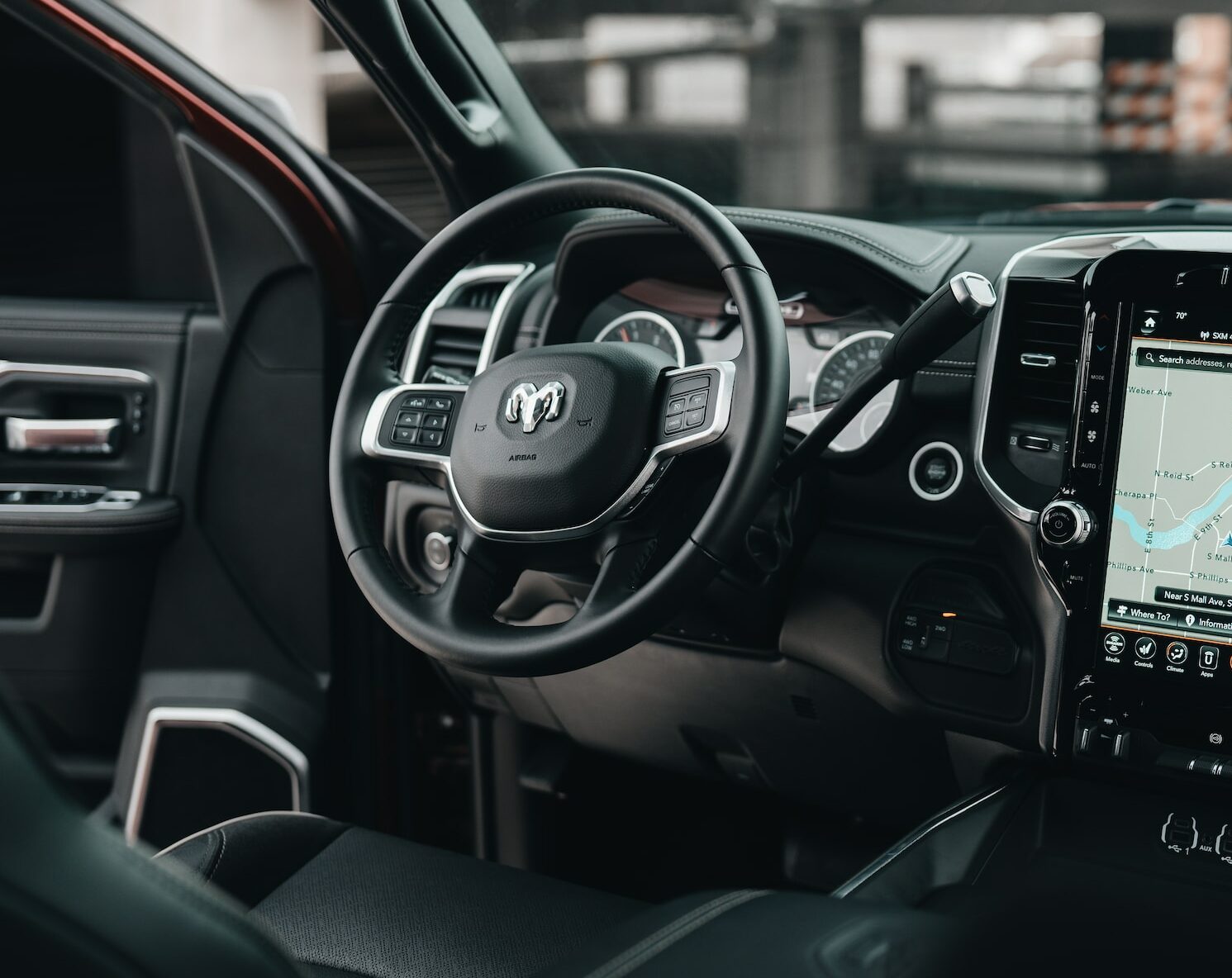Runflat tires are a major advancement in the automotive industry that provide unmatched safety and convenience by enabling drivers to carry on with their trip even in the event of a tire puncture. Run flat tires, however, have more effects than only safety; they also have a variety of negative effects on vehicle control and fuel efficiency. This extensive article delves into the subtleties of how runflat tires affect these important driving factors.
Runflat tires are made to carry the weight of the vehicle even when the tire loses air pressure. They are distinguished by their reinforced sidewalls. With this feature, drivers can proceed to a safe place or service center without having to stop right away and change their passenger or truck tires—just slowly and over a shorter distance.
Vehicle Handling with Runflat Tires
Handling refers to how well a vehicle responds to driver inputs, maintains traction, and stays stable and controllable, especially in corners and at high speeds. Runflat tires influence vehicle handling in several ways:
- Improved Stability in Emergency Situations
Compared to regular tires, runflat tires preserve greater vehicle stability in the case of a tire puncture. The driver can keep control of the vehicle because the strengthened sidewalls keep the tire from fully collapsing. At higher speeds, when a sudden loss of air pressure in ordinary tires might result in dangerous situations, this steadiness is especially important.
- Stiffer Ride Quality
Due to their reinforced construction, runflat tires are generally stiffer than traditional tires. This stiffness can translate into a firmer ride quality. Some drivers appreciate the increased road feedback and a sense of firmness, especially in performance-oriented vehicles, while others may find the ride less comfortable.
- Cornering and Steering Response
Runflat tires’ stronger sidewalls help enhance steering response and handling. They can lead to more accurate steering while cornering hard since they lessen sidewall flex. But doing so means less ability to absorb disturbances in the road, which could make the ride worse on uneven terrain.
Fuel Efficiency and Runflat Tires
Vehicle weight, tire properties, engine efficiency, and aerodynamics are some of the elements that affect fuel efficiency. The following are some ways that runflat tires might reduce fuel efficiency:
- Weight Factors
Because of the additional material in their reinforced sidewalls, runflat tires are usually heavier than ordinary tires. Fuel economy may be slightly lowered by this added weight since the engine must work harder to transport the extra mass. Nevertheless, this impact is frequently lessened by removing the tools, jack, and spare tire, which lowers the vehicle’s overall weight.
- Rolling Resistance
Fuel efficiency is greatly influenced by rolling resistance, or the energy wasted when the tire rolls down the road. Because runflat tires are stronger than regular tires, they have historically had increased rolling resistance. Recent developments in tire technology have, however, narrowed this disparity, with many runflat tires now providing rolling resistance values that are comparable to those of regular tires.
The Trade-Off Between Handling and Comfort
A trade-off between better handling and ride comfort is frequently present when deciding between runflat and conventional tires:
- Performance-Based Drivers
Performance-driven drivers can like the improved stability and steering response that runflat tires provide, making them preferable for handling situations. In sports automobiles and performance vehicles, where driver feedback and control are crucial, these qualities are especially desired.
- Comfort-Oriented Drivers
The harder ride of runflat tires may be a disadvantage for people who value ride comfort, especially for long trips or daily driving. Traditional tires, which typically offer a quieter and smoother ride, may be chosen by these drivers.
Long-Term Perspectives and Durability
Runflat tires’ effects on handling and fuel economy also extend to their durability and long-term use:
- Tread Wear and Replacement
Runflat tires can exhibit different tread wear patterns compared to standard tires. Due to their construction, they may wear more evenly, but once worn, they often require complete replacement rather than repair. This factor can contribute to higher long-term costs.
- Impact on Suspension Components
Runflat tires’ firmer nature allows the suspension system of the car to absorb more shocks from the road. This may cause suspension component wear to rise over time. To counteract this impact, a lot of contemporary cars are built with suspensions that can handle the peculiarities of runflat tires.
Environmental Implications
Runflat tire effects on the environment are significant, especially when it comes to material and fuel consumption:
- Fuel Consumption and Emissions
Although runflat tires have a marginally higher rolling resistance, this effect can be countered by the vehicle’s overall weight being reduced because there isn’t a spare tire. As a result, the overall effect on emissions and fuel economy depends on the vehicle and driving style.
- Components and Manufacturing
More materials are employed in the manufacture of runflat tires, especially the unique compounds that are required to stiffen the sidewalls. In terms of resource usage and manufacturing emissions, this element may have an impact on the environment. To reduce these effects, tire producers are, nevertheless, putting more and more emphasis on environmentally friendly materials and procedures.
The Future of Runflat Tire Technology
As technology advances, the future of runflat tires looks promising, with ongoing research and development focusing on enhancing their performance, comfort, and environmental footprint:
- Innovations in Materials and Design
The goal of ongoing developments in tire design and materials is to further lower the runflat tires’ weight and rolling resistance, improving handling and fuel efficiency.
- Integration with Vehicle Technologies
Runflat tires can operate optimally and enhance handling and efficiency when combined with cutting-edge car technologies like active suspension systems and predictive road condition monitoring.
In summary
Runflat tires have a complicated interaction with design, materials, and vehicle integration that affects handling and fuel efficiency in vehicles. Although their safety benefits are indisputable, their impact on handling is typified by enhanced stability and steering response, although at the expense of a harsher ride. With advances in technology, the impact on fuel efficiency—which stems mostly from weight and rolling resistance considerations—is being lessened. Runflat tires will probably see more improvements as the car industry develops, balancing comfort, performance, and environmental factors to satisfy the varied demands of drivers.







